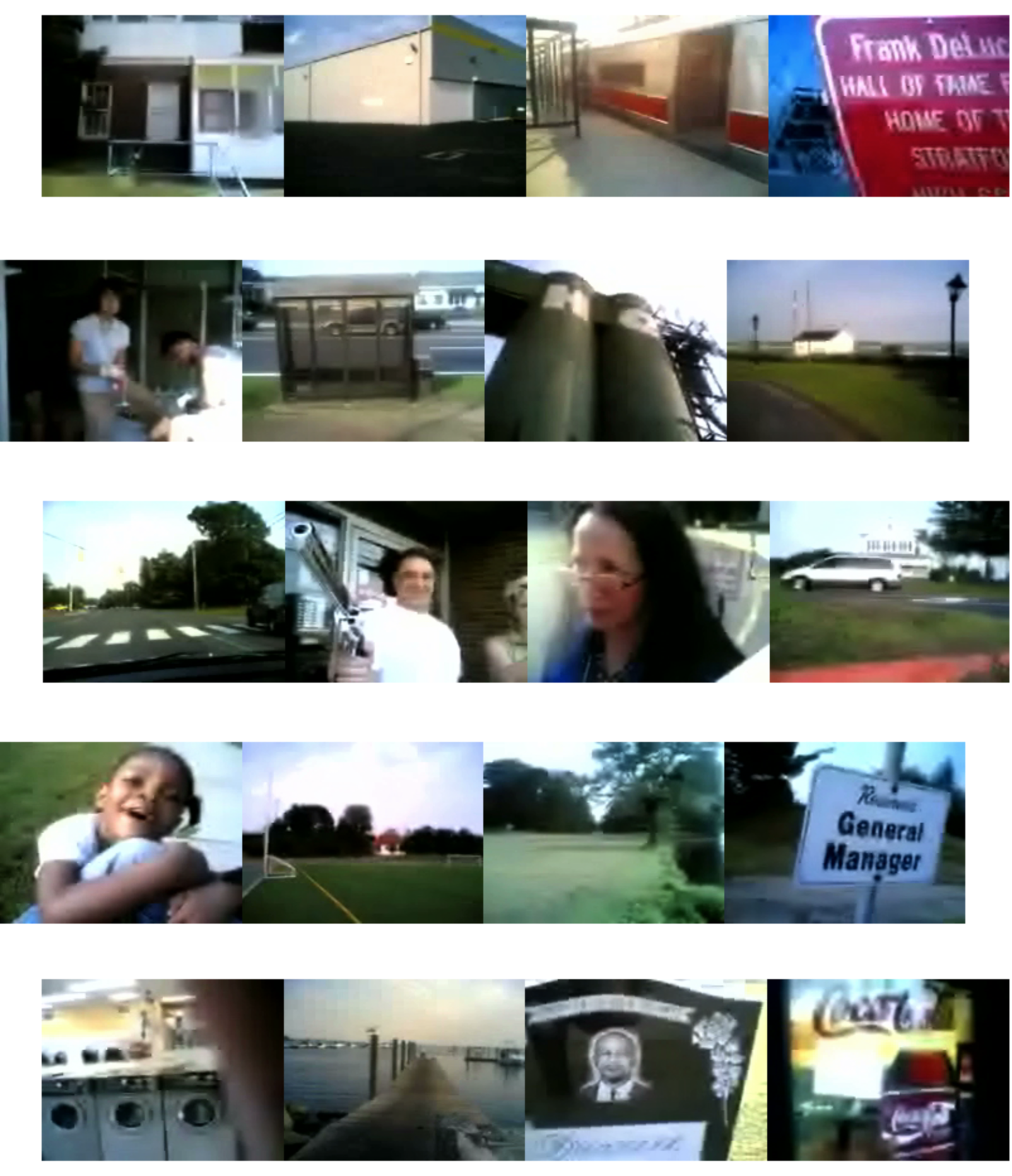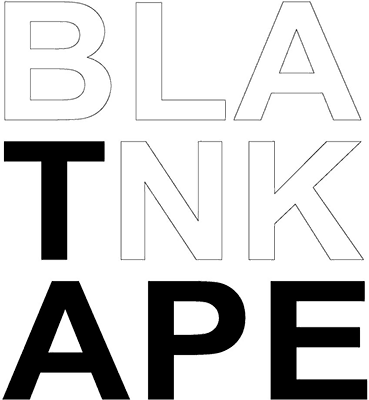
Local Report, 1972-2010
Robert Whitman
Live performance
Local Report is the latest in a series of communication media works that Robert Whitman has produced since 1972. The basic structure of these works was for 30 people assigned to different parts of the city or calling area to call at five minute intervals and describe something they saw at the moment; these reports were then broadcast live.
Whitman put the incoming calls directly on the air as they came in. his only intervention being to end the call when. as he puts it. ‘The caller has produced a coherent image.” Ninety calls over a thirty minute period produced the final work. The news reports capture the nature of a specific place and time, revealing it to audience and participants alike.
The first performance of this work was titled NEWS and took the form of a live broadcast program in New York City in which participants called in from pay phones; their reports were broadcast live over radio station WBAI. NEWS was performed in Houston, Texas, Minneapolis, Minnesota, and other cities over a two to three year period. Whitman remembers that when he first performed the piece, “Pay phones cost a dime”.
In subsequent performances of this work, Whitman used the latest technology available. In 2002 he worked with cell phones in Leeds, England: the cell phone calls were broadcast in real time on large speakers in a public square in the town.
In 2005, Whitman continues to explore the newest communication technology: The participants will use camera cell phones to transmit voice and video reports to the central performance site, where information will be played and projected. The reports will be simultaneously streamed live over his website.
The piece debuted at the Guggenheim Museum as an installation. with five screens playing individual videos at the same time. This installation presented the video and sound works produced during five live performances, held in different shopping centers in New York, New Jersey. Pennsylvania and Connecticut. The films were projected simultaneously. close to each other but each in their own spaces. In order to listen to the sounds of the videos the viewer had to get closer to the projection – the volumes were low so the sounds wouldn’t overlap and loose their integrity. This combination of all the performances formed a new work.
While the technology has changed. what has remained constant in these works is that Whitman gets to know the area of the performance and works with local people in each location who know and love their town or area . Whitman uses their reports and descriptions to record and reveal the special nature of each place. Whitman creates with sound – and now with sound and images – a cultural map of a unique locality. Transformed by art, the local becomes universal.
